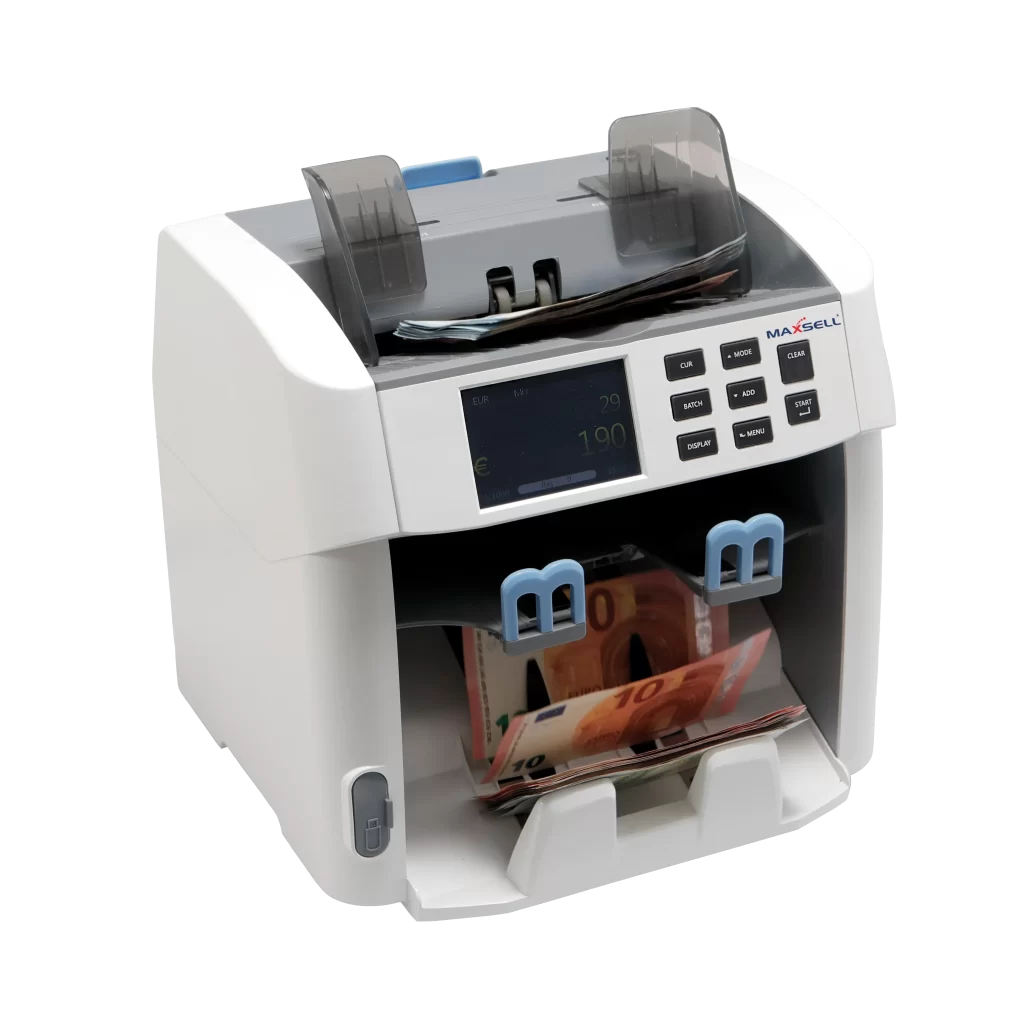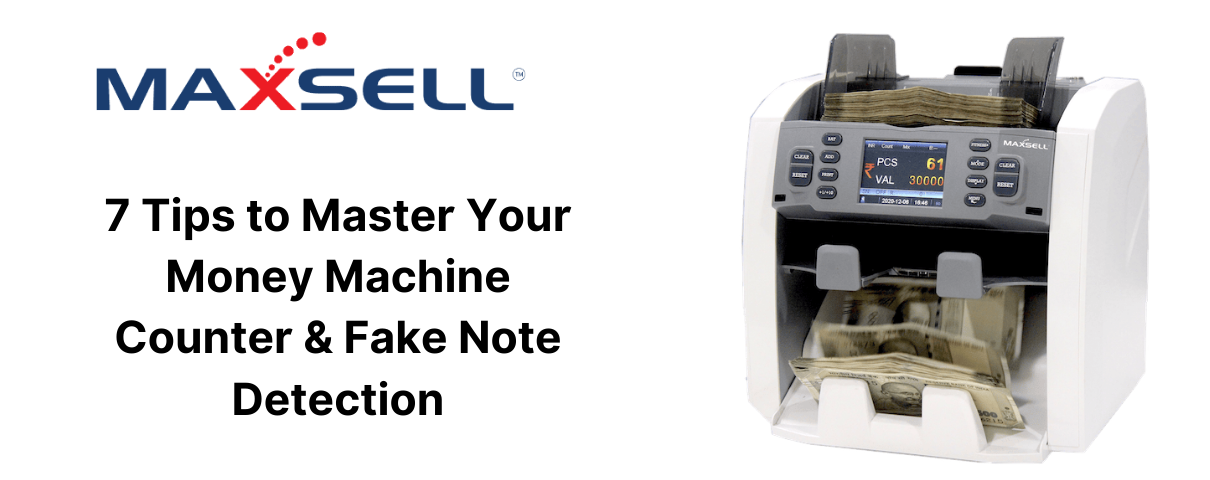
Jewellery shops and banks handle large volumes of cash every day, so accurate counting and spotting fake notes is essential. Even the best employees have a small error rate—around 1%—which quickly adds up with large totals. Meanwhile, counterfeit notes keep circulating; for example, over 90,000 fake ₹500 notes were detected by the Reserve Bank of India in FY 2022–23.
Automated machines with built-in counterfeit detection—often called a money machine counter—ensure speed, accuracy, and smooth operations. These tips will help you choose the right equipment, train your staff, and streamline processes to save time, reduce errors, and protect your bottom line.
Why Accurate Cash Handling Matters
Manual counting is surprisingly risky. Fatigue or distractions can lead to mistakes that hurt profitability, and a single counterfeit slipping through can cause major losses. Slow counting also frustrates customers and ties up staff who could be driving sales. Automated machines with built-in counterfeit detection ensure speed, accuracy, and smooth operations—so your team can focus on service, not cash reconciliation.
Adding a reliable money machine counter to your workflow is the quickest way to eliminate manual errors and speed up every transaction.
1. Understand Key Security Features
Before relying solely on machines, train your staff to recognize genuine-note features:
-
Watermarks: Match the embedded image when held to light.
-
Security Threads: Look for a metallic or microprinted strip.
-
Microprinting & UV Fibers: Use UV light or magnification to spot tiny text and glowing fibers.
-
Print Quality & Color: Genuine notes have sharp prints and vivid colors.
A quick manual check—like tilting the note to see a hologram—provides a first line of defense.
2. Pick the Right Currency Counting Machine
Not all machines are the same. Match the model to your transaction volume and budget:
-
Speed & Capacity: High-volume banks need fast, large-hopper units; smaller shops can use compact desktop models.
-
Fake-Note Detection: Ensure it includes UV, magnetic, or infrared sensors.
-
Additional Features: Look for mixed-denomination sorting, batch/add modes, and software integration.
-
Support & Warranty: Choose a reputable brand (like Maxsells) that offers local service, spare parts, and firmware updates.
3. Train and Refresh Your Team Regularly
A powerful machine is only as good as its operator. Conduct short, practical sessions to:
-
Practice feeding notes correctly and clearing jams.
-
Interpret error alerts and flagged bills.
-
Use all detection modes (UV, magnetic, IR).
-
Stay updated on new currency designs to avoid false positives.
Establish simple checklists and pair machines with a quick manual spot-check for flagged notes.
Don’t forget to include hands-on training with your money machine counter so everyone is confident using its features
4. Leverage UV, Magnetic & Infrared Detection
Modern detectors run multiple tests per note:
-
UV (Ultraviolet): Reveals security fibers and inks that glow under UV light.
-
MG (Magnetic): Senses magnetic inks or threads in genuine notes.
-
IR (Infrared): Checks patterns visible only under infrared light.
By combining these, machines flag almost all counterfeits—if a bill fails any one test, it’s held out for review.
Pair these UV, MG & IR checks with a high-quality money machine counter to maximize counterfeit detection without adding complexity.
5. Use Batch and Add Functions
Batch and add modes streamline counting:
-
Batch Mode: Preset counts (e.g., 50 or 100 notes) for easy bundling.
-
Add Mode: Accumulate multiple loads into a single total without resetting.
These features eliminate manual tallies between runs and speed up end-of-day reconciliation.
6. Maintain Your Equipment
Keep machines running accurately with regular care:
-
Weekly Cleaning: Vacuum or blow out dust from hoppers, sensors, and rollers.
-
Sensor Care: Wipe UV/IR covers and feed belts to prevent misreads.
-
Parts Replacement: Swap worn belts or rollers at the first sign of slipping.
-
Firmware Updates: Install updates when new note designs are issued.
-
Proper Storage: Cover machines and keep them in a dry, temperate area.
Regular maintenance of your money machine counter ensures long-term reliability and accurate counts day after day.
7. Rely on Trusted Brands
When investing in cash-handling tools, reputation matters. Trustworthy brands mean proven reliability and support. Look for manufacturers known for quality – for example, Maxsell (an Indian brand) makes heavy-duty counting machines and detectors built for local currency and conditions. They often provide good warranties and technical support. A known brand usually includes all the necessary counterfeit detection sensors and robust construction. In contrast, cheap no-name machines might skip advanced features or break easily.
By choosing a reputable maker, you ensure your cash-handling equipment will work accurately daily. It also means quick help if something goes wrong – genuine parts and customer support are just a call away. In short, using a brand that other banks or retailers trust gives you confidence that the machine will last longer and catch more fakes, protecting your cash and reputation.


